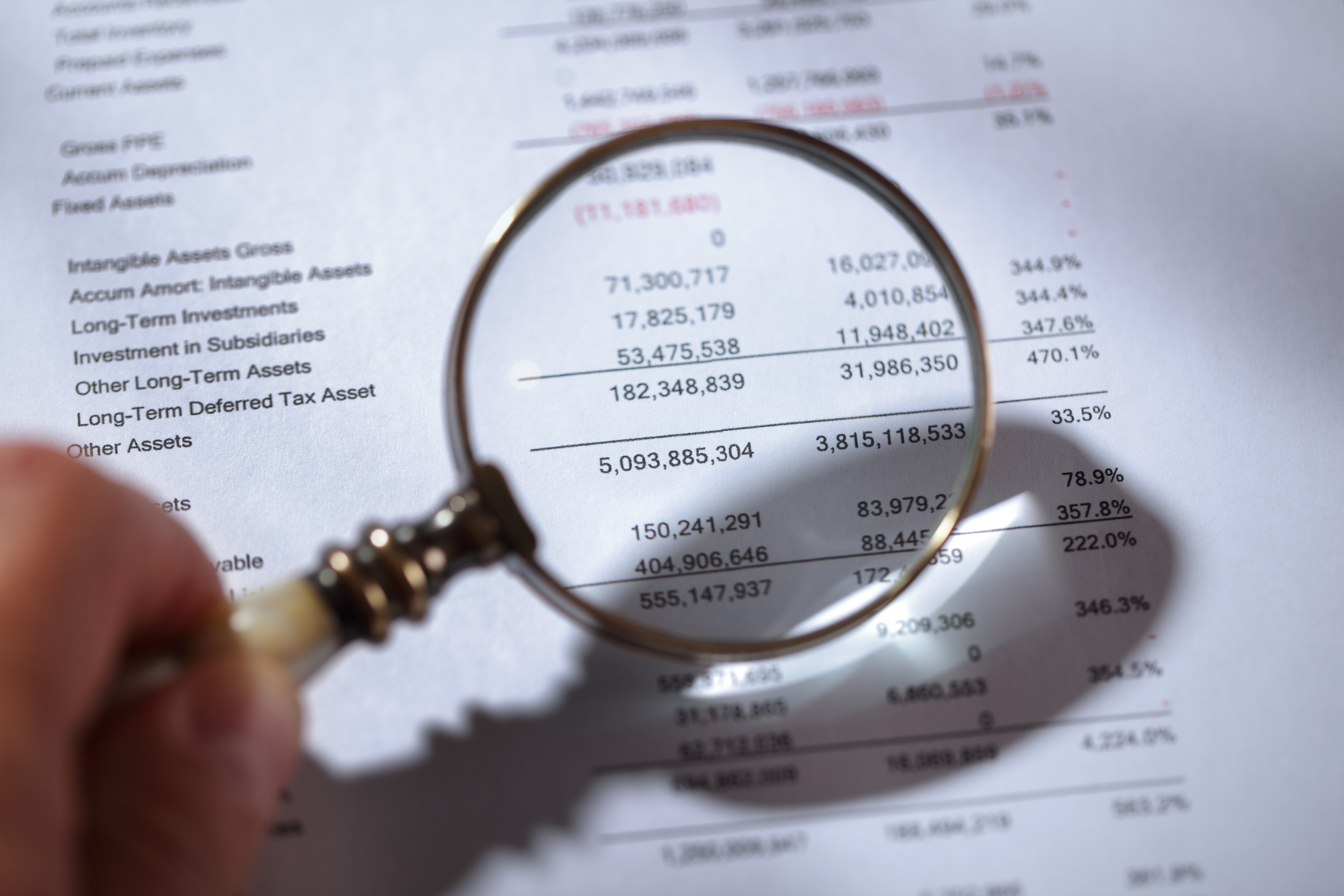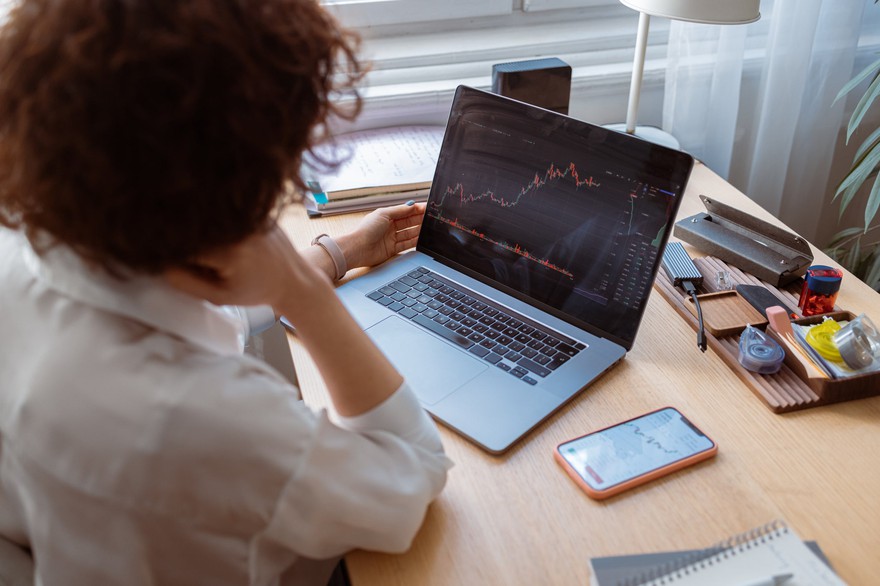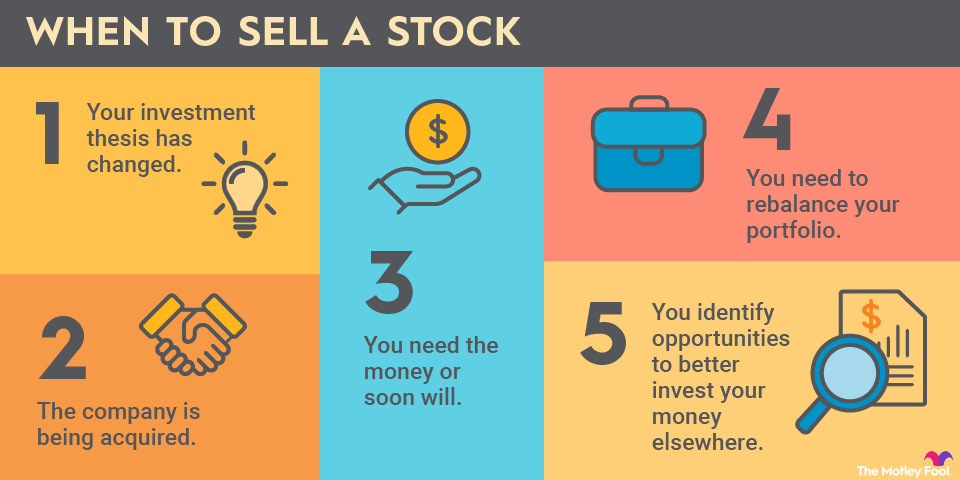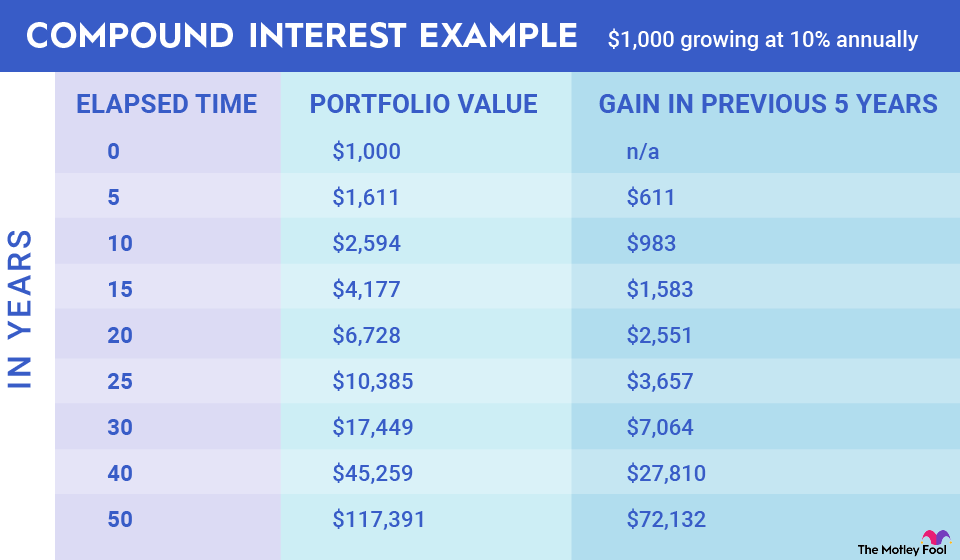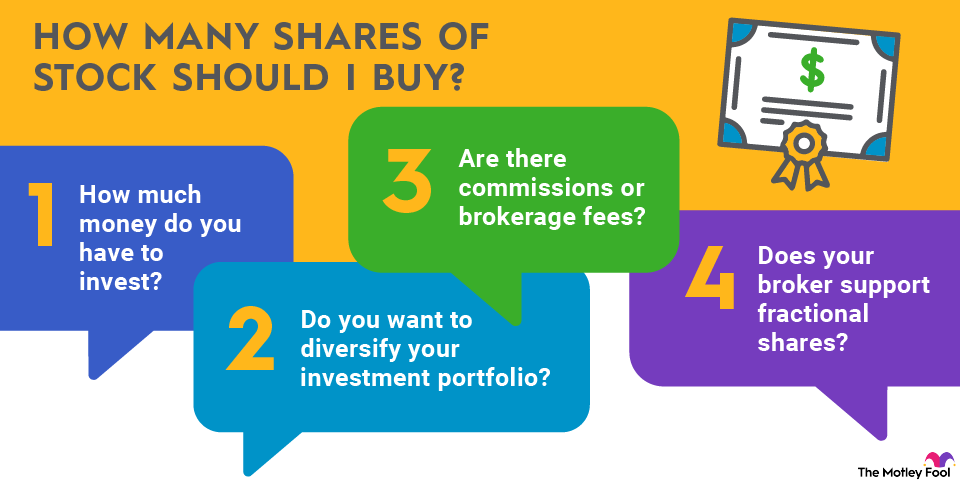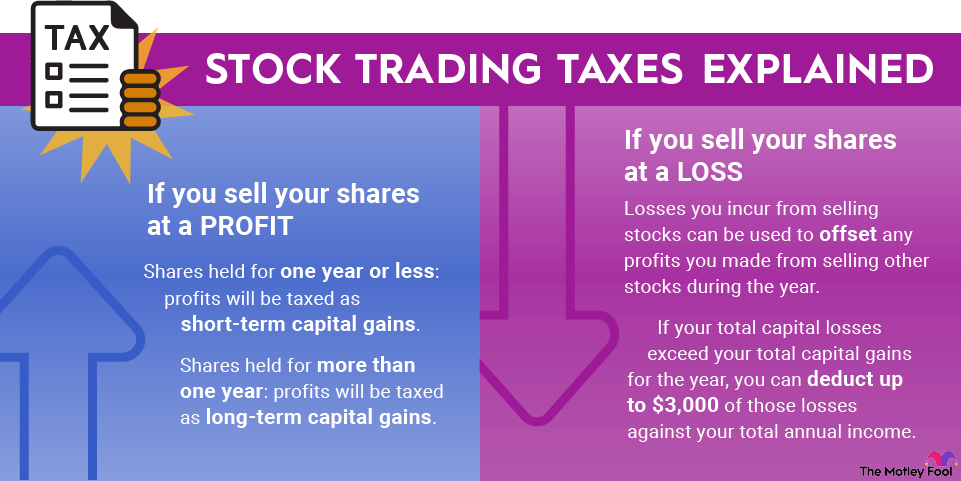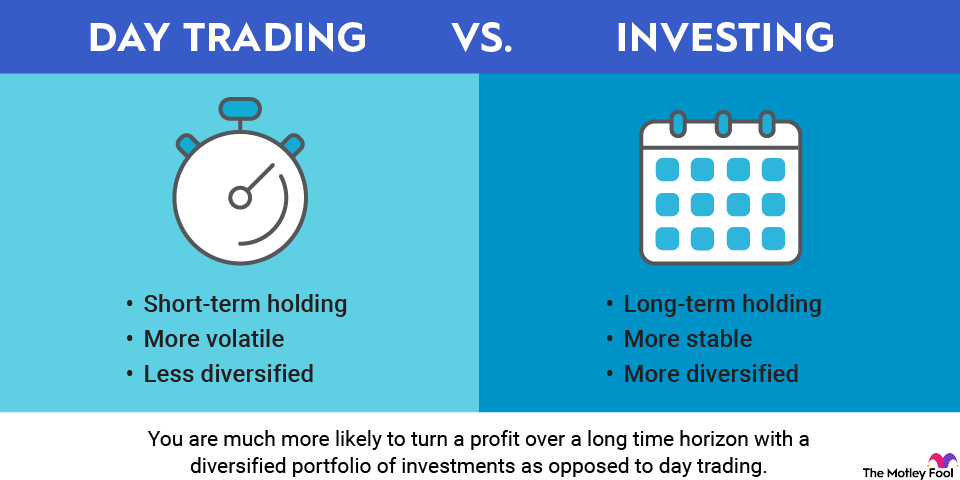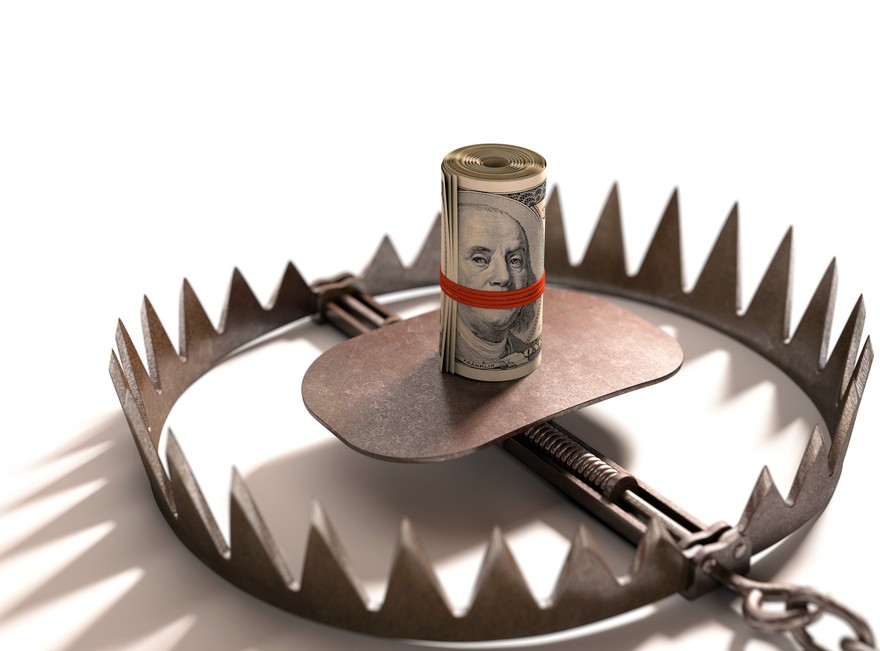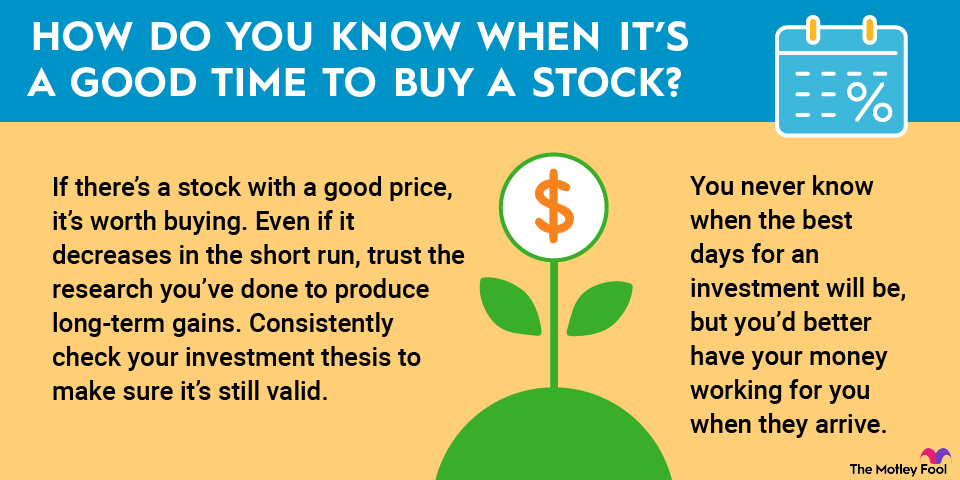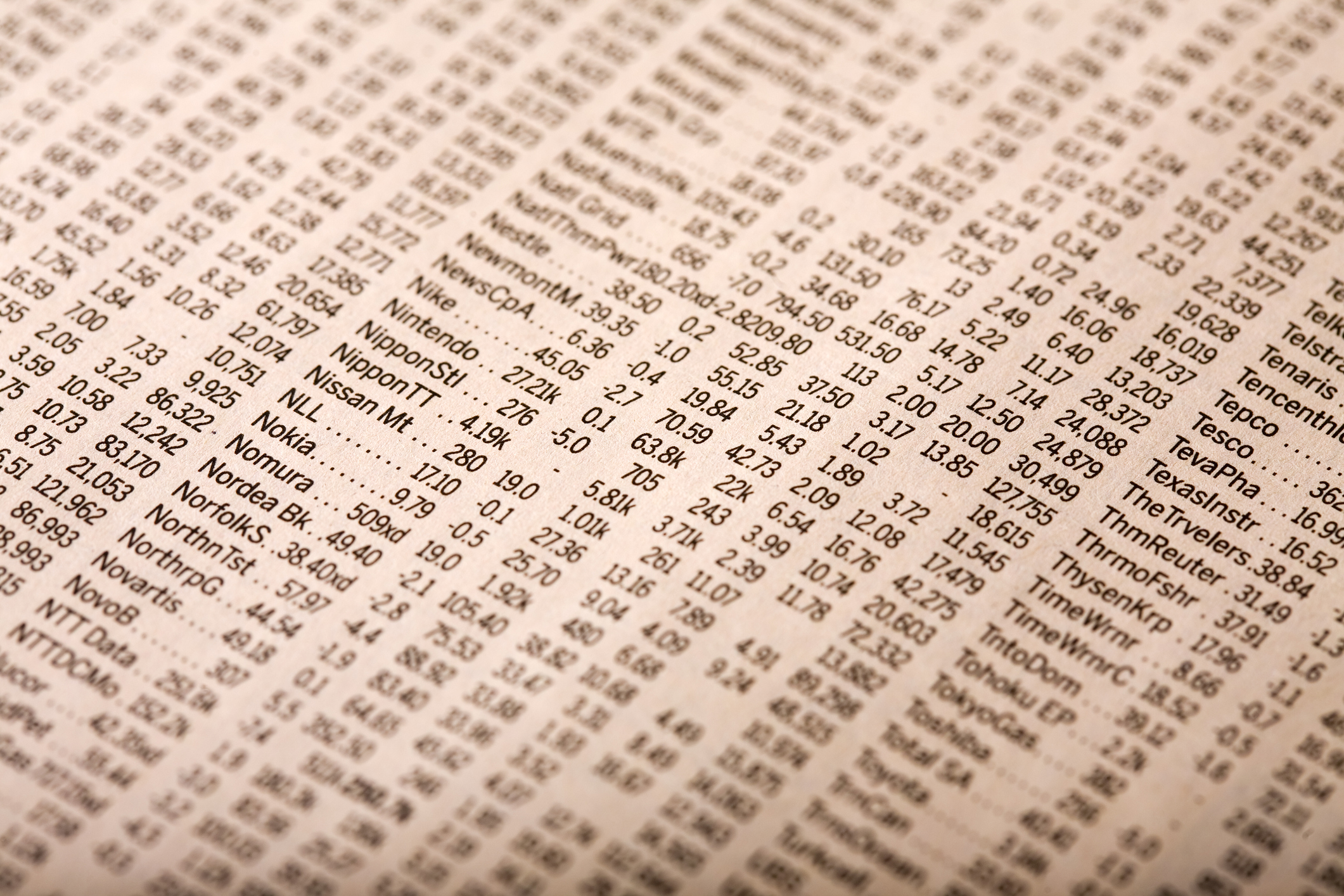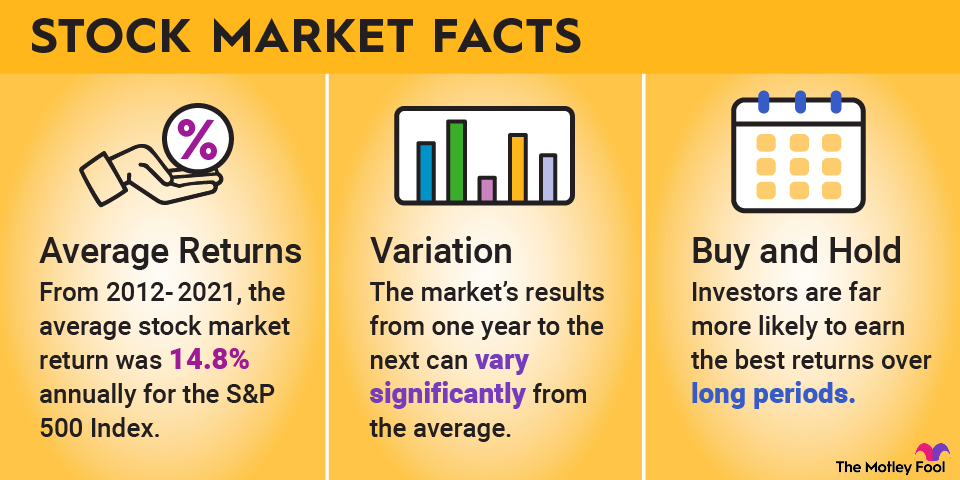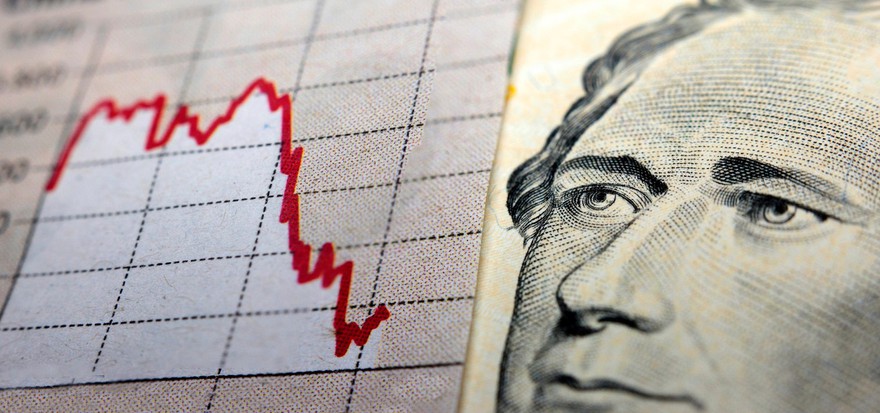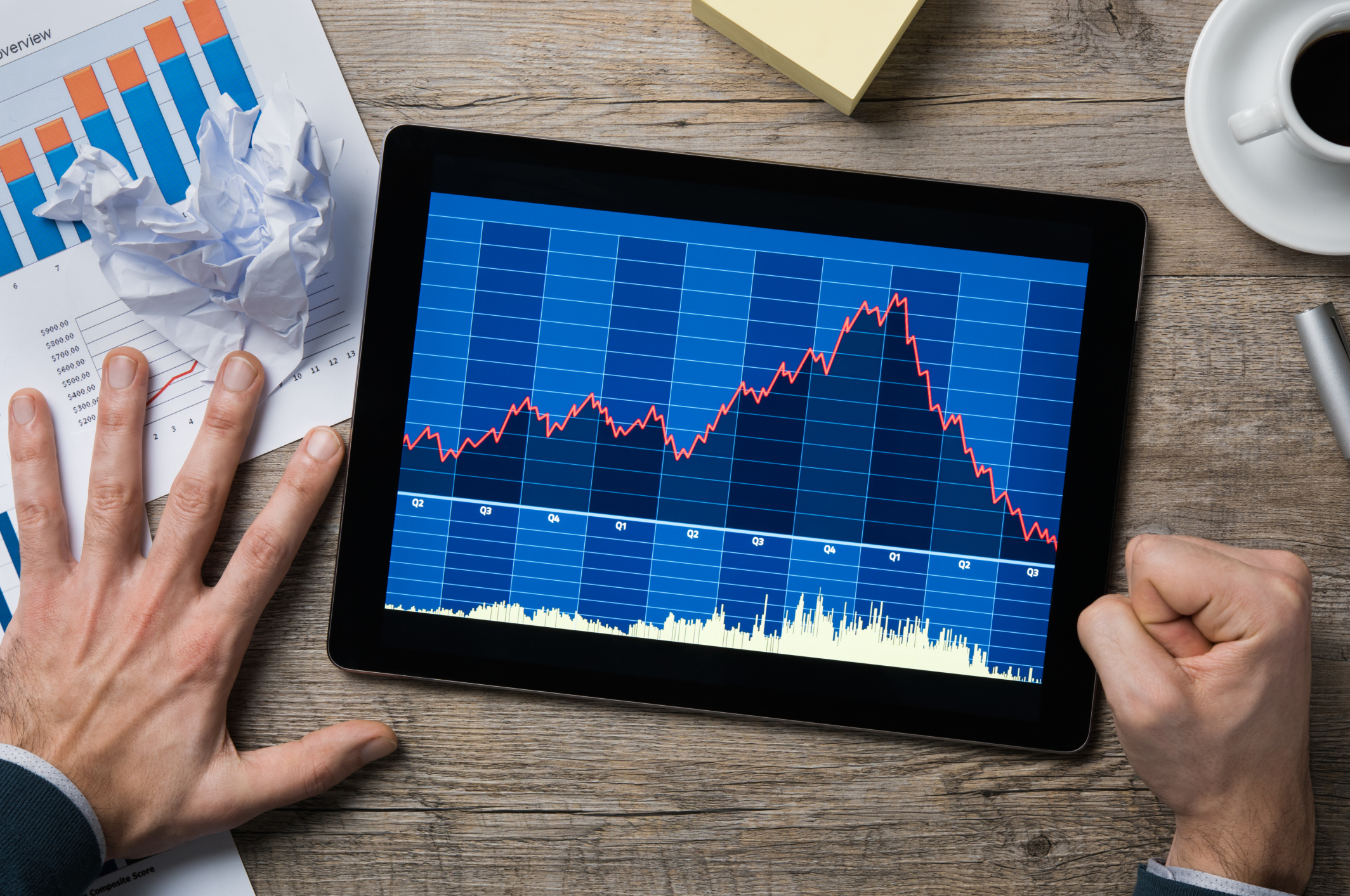
NASDAQ: GDRX
Key Data Points
GoodRx expanded its services in 2019 by acquiring telemedicine company HeyDoctor in an effort to integrate virtual healthcare into its platform. GoodRx subsequently went public on September 23, 2020. The company's initial public offering (IPO) raised $1.1 billion in capital. In 2022, GoodRx completed its acquisition of VitaCare Prescription Services to expand its pharmacy services and manufacturer solutions business.
Over the last few years, GoodRx shares have struggled as a rapidly evolving and competitive market, a decline in active users, and other hurdles in the digital healthcare landscape have brought fresh headwinds for the business. Here's what you need to know about what GoodRx does, how it makes money, its current financial situation, and more.
Revenue
What does GoodRx do?
GoodRx currently offers a range of services, including prescription discount cards and coupons, telehealth through its GoodRx Care service, and the GoodRx Gold subscription for enhanced savings on medications and doctor visits. The company acts as a bridge between consumers and drug manufacturers, pharmacies, and healthcare providers with its diverse online marketplace. GoodRx also provides coupons for some over-the-counter products and pet medications.
GoodRx is actively moving away from its traditional reliance on PBMs and forging direct relationships with pharmacies. This is a major change to its business model, which historically aggregated prices from multiple PBMs to provide consumers with discount coupons.
The new system allows GoodRx to contract directly with specific pharmacies to create custom pricing agreements. This offers pharmacies more control over their pricing, potentially more favorable margins, and allows GoodRx to provide more transparency and customized discounts to consumers.
GoodRx users simply go to the GoodRx website or app and enter the name of the prescription they need, look for the lowest prices at nearby pharmacies (which can vary significantly even for the same drug), select a deal, and generate a free coupon.
The consumer then shows the coupon to their pharmacist at the time of purchase to get the discounted price. Consumers can’t combine GoodRx with insurance, so they must choose the option that gives the lower price at the pharmacy counter. That said, GoodRx discounts can range up to 80% off traditional prices in some cases.

How does GoodRx make money?
GoodRx stock still makes most of its money through prescription transaction fees paid by pharmacies and PBMs. When a customer uses a GoodRx coupon, the pharmacy processes it through the PBM network and pays a fee to GoodRx as a commission on the sale.
GoodRx's fastest-growing revenue stream is its pharma manufacturer solutions, which includes advertising and integrations for pharmaceutical companies. For example, GoodRx collects revenue from pharmaceutical manufacturers who pay to feature their copay cards and patient assistance programs on the GoodRx platform. GoodRx also makes money by selling space on its website and mobile app to other advertisers.
Another revenue stream is its monthly subscription, GoodRx Gold. GoodRx also earns revenue from its telehealth services through its own provider and by taking fees for directing users to third-party telehealth providers and labs through its marketplace.
GoodRx’s financials
In 2024, GoodRx's revenue grew 6% from the prior year to $792.3 million, and the company turned a profit of $16.4 million, a reversal from a net loss in 2023. GoodRx reported that high demand for weight loss drugs like Zepbound and Wegovy contributed to the company's growth in 2024, with prescription fills increasing by more than 300% for Zepbound and over 100% for Wegovy.
Total revenue in the second quarter of 2025 increased by 1.2% year over year to $203.1 million, propelled by 32% growth in its pharma manufacturer solutions segment, and despite continued declines in prescription transaction revenue (-3%) and subscription revenue (-7%). The company reported net income of $12.8 million in Q2 2025, a 92% increase compared to the same period in 2024.
GoodRx's user metrics continue to show notable weaknesses. Monthly active consumers fell 14% year over year in Q2 2025, and the number of subscription plans also decreased. The company's cash position is improving, as it generated $49.6 million in operating cash flow in the quarter.










